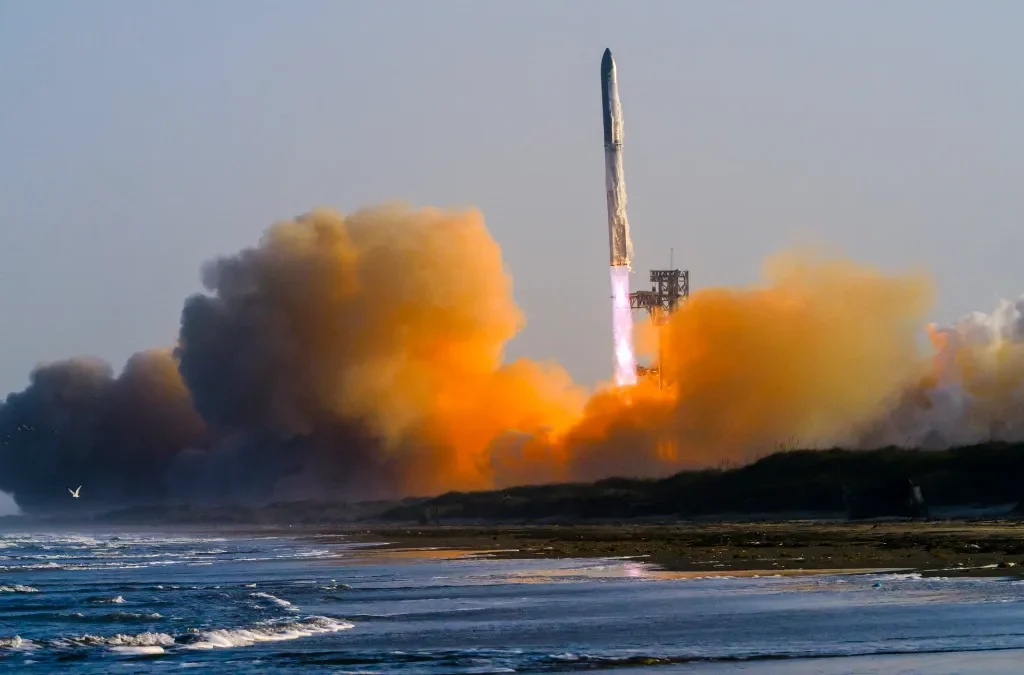SpaceX has disclosed the cause of the Starship Flight 8 failure, revealing it stemmed from a hardware issue in one of its Raptor engines—distinct from the anomaly that led to the loss of Flight 7. The new details come as the company prepares for the vehicle's next test flight, now scheduled for no earlier than May 27.
The March 6 Flight 8 test ended in failure when multiple engines on the Starship upper stage shut down, causing the vehicle to tumble and ultimately break up during reentry over the Caribbean. While the failure occurred around the same point in the mission timeline as January's Flight 7, SpaceX confirmed the root causes were unrelated.
“While the failure manifested at a similar point in the flight timeline as Starship's seventh flight test, it is worth noting that the failures are distinctly different,” SpaceX said in a statement on May 23.
In the latest test, SpaceX reported that a central Raptor engine experienced a hardware failure, which led to unintended mixing and ignition of propellants, causing the engine's loss. This, in turn, led to the shutdown of two additional center engines and one vacuum-optimized engine, rendering the vehicle uncontrollable.
To address the issue, SpaceX implemented several design modifications, including adding preload to critical joints, introducing a nitrogen purge system, and improving the propellant drain system. The company also noted that a future Raptor engine variant will incorporate enhanced reliability features based on findings from Flight 8.
By contrast, Flight 7 failed due to a stronger-than-expected harmonic response that damaged the propulsion system and sparked a fire. Mitigations for that issue—including new structural reinforcements and fire prevention systems—functioned as expected during Flight 8, according to the company.
With the Federal Aviation Administration (FAA) granting final approval, Flight 9 is slated to lift off as early as May 27 at 7:30 p.m. Eastern from SpaceX's Starbase site in Texas. The mission will mark the first reuse of a Super Heavy booster, specifically the one flown during Flight 7. While some components have been replaced, SpaceX said the booster remains largely intact, including 29 of its 33 Raptor engines.
Unlike the previous four test flights, SpaceX will not attempt to recover the booster using the launch tower's “chopsticks” catch system. Instead, the vehicle will test new descent profiles aimed at conserving propellant, including high-angle reentry maneuvers and alternative landing engine configurations. A hard ocean splashdown is planned to minimize risk to ground facilities.
The Starship upper stage will also retry several previously planned demonstrations, including relighting a Raptor engine in orbit, deploying eight Starlink mass simulators, and testing heat shield technologies during reentry—objectives that could not be completed during earlier test flights due to technical failures.
